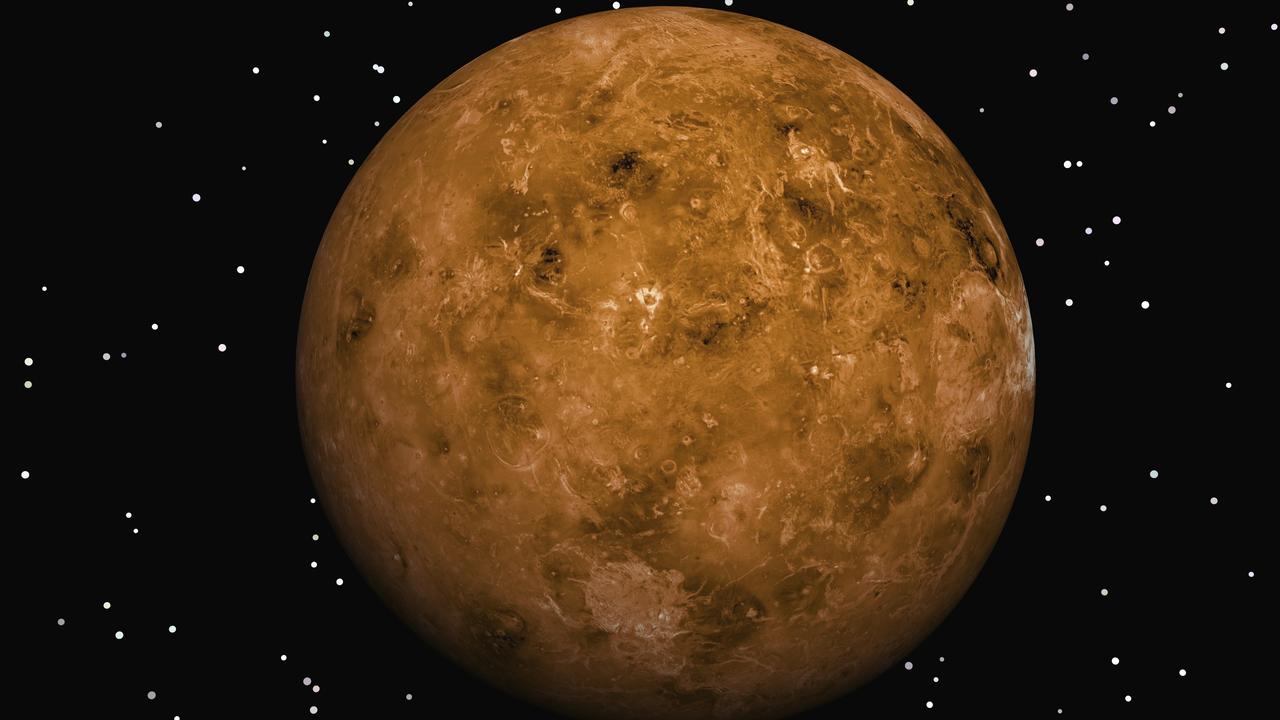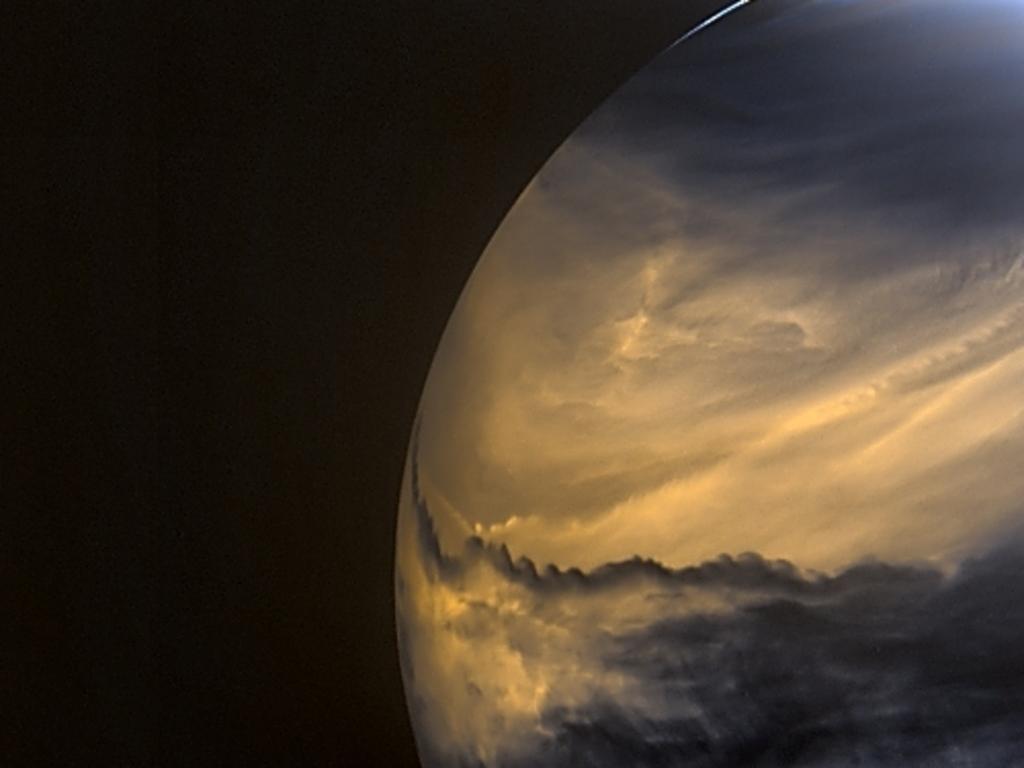Life on Venus? Phosphine gas found on Venus that could indicate signs of life
Astronomers have found a key gas on Venus linked to human life, raising the “enticing possibility” the planet could be supporting life in some form.

The atmosphere of Venus contains traces of phosphine gas — which on Earth is associated with living organisms — scientists said on Monday, in a discovering that raises the “enticing” prospect there could be signs of life.
Conditions on Venus are often described as hellish with daytime temperatures hot enough to melt lead and an atmosphere comprised almost entirely of carbon dioxide.
A team of experts used telescopes in Hawaii and Chile’s Atacama Desert to observe Venus’ upper cloud deck, around 60 kilometres (45 miles) from the surface.
They detected traces of phosphine, a flammable gas that on Earth occurs from the breakdown of organic matter, in a discovery that gives fresh insight into conditions on our nearest planetary neighbour.
Writing in Nature Astronomy, the team stressed that the presence of phosphine alone did not prove the presence of life on Venus.
“PH3 [Phosphine] could originate from unknown photochemistry or geochemistry, or, by analogy with biological production of PH3 on Earth, from the presence of life,” they wrote.
WATCH THE FULL PRESS BRIEFING BELOW

However, as the clouds swirling about its broiling surface are highly acidic and therefore destroy phosphine very quickly, the research did show that something was creating it anew.
Speaking at a Royal Astronomical Society briefing to announce the event, Professor Sara Seager stressed: “We are not claiming we have found life on Venus … we are claiming detection of phosphine gas whose existence is a mystery.”
She said it created an “exciting, enticing possibility … that perhaps there is some life in Venus’ clouds” as “on Earth, phosphine is only associated with life.”
“We’d like to see our phosphine measurement confirmed at other wavelengths,” she said.
“We hope our work will motivate space missions that go to Venus.”
The researchers conducted several modelling calculations in a bid to explain the new phosphine production.
They concluded that their research provided evidence “for anomalous and unexplained chemistry” on Venus.
Alan Duffy, an astronomer from Swinburne University and Lead Scientist of The Royal Institution of Australia, said it was “one of the most exciting signs of the possible presence of life beyond Earth I have ever seen”.
He cautioned however that while it was tempting to believe that the phosphine was produced by lifeforms, “we have to rule out all possible other non-biological means of producing it”.
Venus is a subject of intense interest among astronomers.
It is so close and of such similar size to Earth that some experts believe it serves as a warning of the dangers of runaway climate change.



